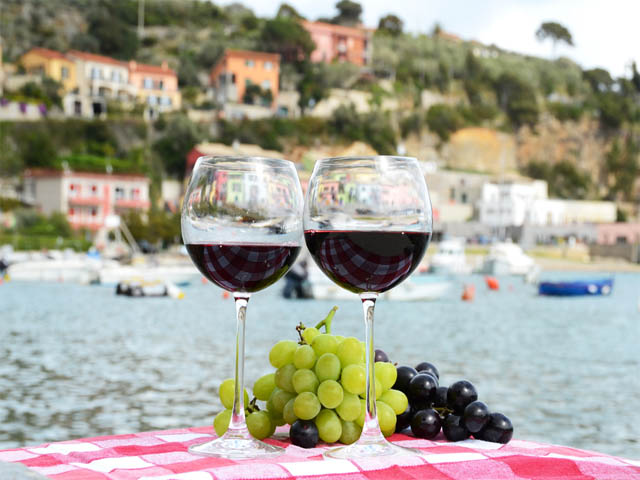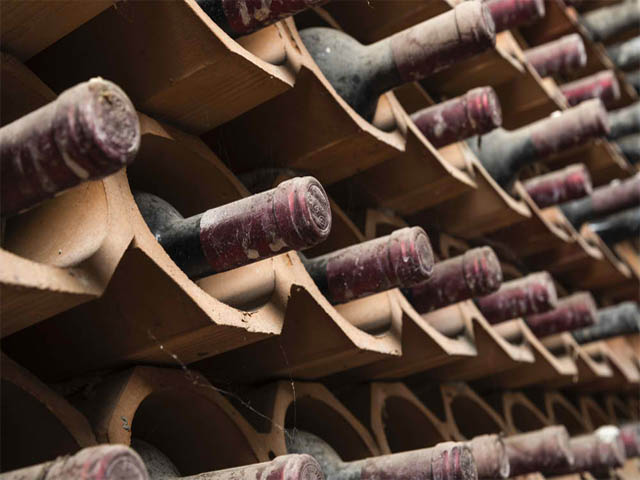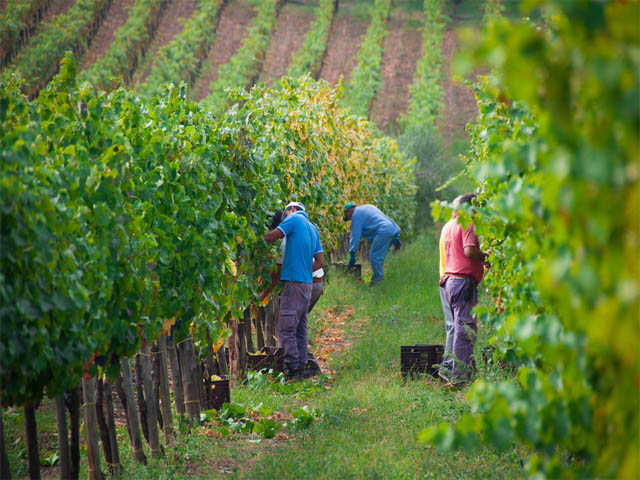
Italy has one of the oldest viticulture and wine-making traditions in the world, with roots that can be traced back to earlier than 800 BC, when the Mycenean Greeks introduced the art to the residents of Sicily. From that point on, the industry flourished throughout the entire country, and these days, Italy remains as the world’s largest wine producer, accounting for about one-thirds of the planet’s vino. That’s why we are sharing with you this article which will serve as your introduction to Italy’s wine country.
For visitors who want to sample Italy’s wines, however, there are a few things that are worth learning about first. One of those is Italy’s wine classification system, because whether you’re attending an evening of tasting, or you’re just trying to decide which wine to bring to a friend’s house when you visit, it pays to know what’s in the bottle. Normally printed on the label, along with other usual information (brand name, region, style, alcohol content, vintage, etc.) here are some terms that you need to look out for.
Vino Da Tavola (VdT) is basically “table wine” and is the lowest classification of wine. It is rather weak and uses any type of grapes, from any part of the world, in any ratio or blend.
Vino aIndicazione Geografica /Indicazione Geografica Tipica (IGT) is an indication that the wine itself has been produced in a certain area, but the grapes used for it do not necessarily come from that same area.
Denominazione di Origine Controllata (DOC) is an indication that the wine was produced in the regional style, using specific grapes. However, the grapes could possibly come from another region or from various sources.
Denominazione di OrigineControllata e Garantita (DOCG) is the highest wine classification in Italy, and is an assurance, not only of the wine’s origins and authenticity, but that it was also made using the best batch of a certain type of grapes, and that it complies with the highest production standards. DOCG wines are sealed with a numbered government stamp on the cork.
Denominazione di Origine Protetta (DOP) indicates that the grapes used in the wine were from a specific region, and the wine itself was also produced in that same region.
Super Tuscan is a type of wine that can also fall under the IGT classification. A top quality type of wine in and of itself, it is assured that at least 85% of the grapes used in the wine are grown in the region, though the variety, blend, and aging, are all up to the wine maker.

The next thing you have to check for on the bottle would be the words “Classico” or “Riserva”. These two labels indicate how long the wine has been aged, with Classico telling us that the standard minimum ageing process was followed, while the Riserva has been aged a little longer than usual. Because of these differences, Riserva wines are generally regarded to be better, and hence, more expensive, so if someone offers you a glass of their Riserva, you might not want to turn it down.
Now that we have some of the local terminology out of the way, we can now talk about the wines themselves! Every region in Italy has its own vineyards and produces its own brands of wine, from sun-kissed Sicily and Calabria in the south, all the way to up to Piedmonte and the cool Aosta Valley in the north.
By color, however, some of the best white wines to enjoy in your travels are:
Pinot Grigio: This grape is commonly grown in the Lombardy as well as in Alto Adige, Italy’s northernmost wine region, though it is also abundant in the Venezia Giulia area.
Trebbiano: The most common white grape variety in Italy, it is grown in vineyards in various regions. However, if you’re ever in Abruzzo or Lazio, this would be the white wine to look for.
Arneis: Crisp and floral, the Arneis has been grown since the 15th century in the region of Piedmont.
Verdicchio: A bit high in acidity to the point of having a citrus note, it is a white grape variety that can primarily be found in Marche, in central Italy.

Cortese: Most predominantly found in the provinces of Alessandria and Asti, in the southeastern area of Piedmont, these grapes produce wines that are often served paired with seafood, especially in establishments at the port of Genoa.
And now for the reds:
Barbera: A grape that is commonly found in northwestern Italy, it accounts for nearly half of the grape vine plantings in the area of Piedmont, particularly in Monferrato.
Dolcetto: An Italian word that translates to “little sweet one”, this variety of grape is found in the Piedmont region.
Nebbiolo: Another grape that is normally found in the cool hills of Piedmont, it is normally used as a base for many of the region’s DOCG wines. Other than Piedmont, though, it can also be found in Valle D’Aosta, as well as Franciacorta in Lombardy.
Primitivo: The Primitivo is traditionally grown in Puglia, in southern Italy, where it was introduced in the 18th century. This grape tends to produce wine with high alcoholic content.
Sangiovese: This is the grape that can be commonly found in most of central Italy, from Romagna, down to Umbria and Lazio, though it can also be found in Tuscany, Lombardia, Campania, and Sicily. It is also the main grape that is used in many of Tuscany’s Super Tuscans.
And then there’s the Chianti,which is possibly the most iconic Italian wine. It has a very long history, going as far back to the time of the Etruscans, and the Middle Ages. Traditionally produced in the Chianti region in central Tuscany, these include the areas of Prato, Florence, Arezzo, Pistoia, Pisa, and Siena.
Now, where to get these lovely wines? At an enoteca, of course! A word that translates to “wine repository” or “wine library”, these establishments not only sell wines, but also offer wine tastings for a fee. It also allows visitors to gain more hands-on knowledge on a region’s wines. If you’re ever in Turin, for example, try visiting Rosso Rubino which is considered to be the city’s best enoteca. Meanwhile, Sicily has places like the Enoteca di Bacco, in Palermo, while in Florence, you can take your pick between places such as Le Volpi E L’Uva, Coquinarius, and SeiDivino.
Armed with the knowledge of Italian wine basics, it’s time to get to Italy for some practical field application!
Salute!












